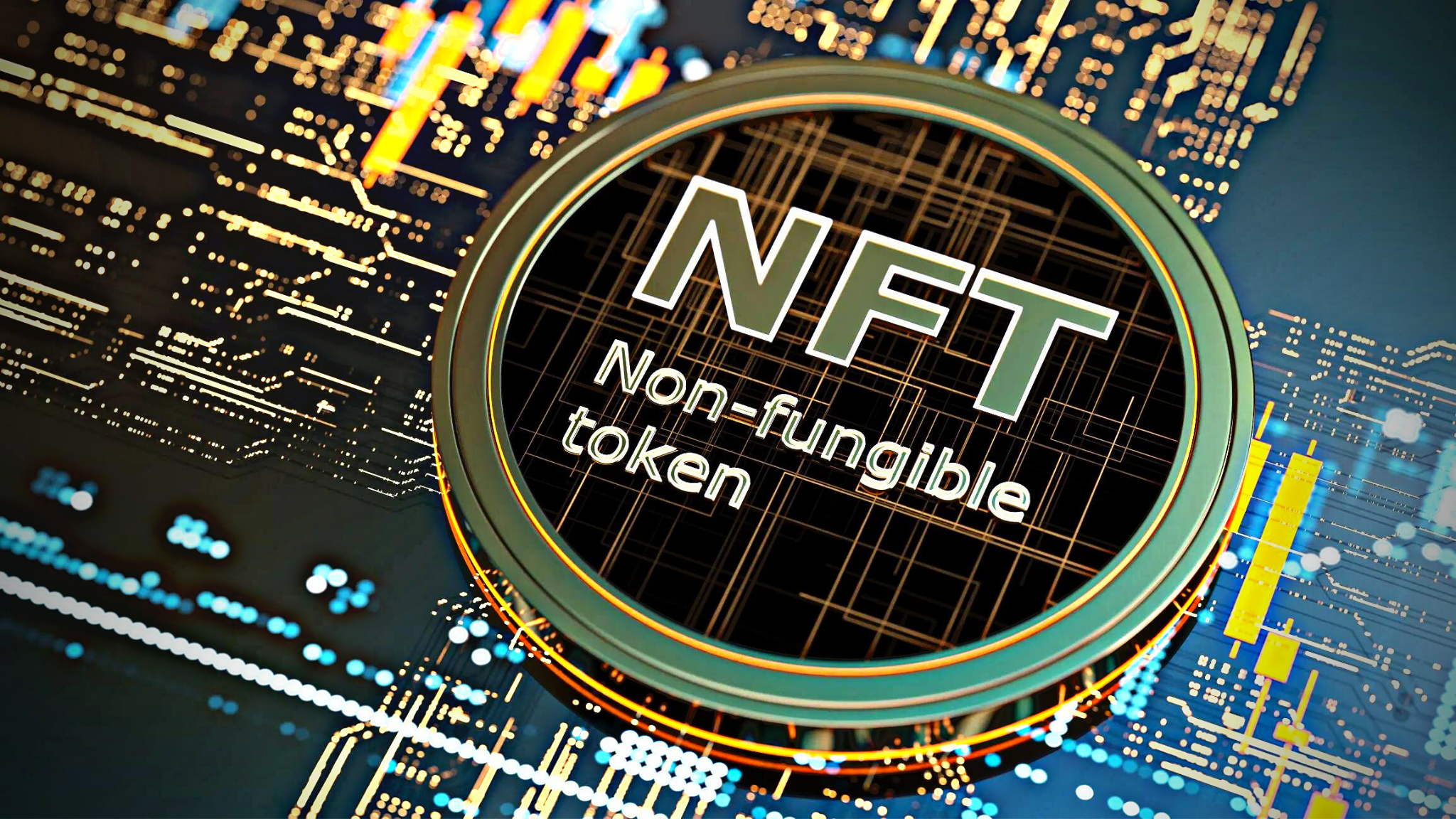Nearly anything can be represented as ownership with NFTs (non-fungible tokens), including digital art and virtual real estate. In the world of digital assets, proving ownership has frequently proven challenging.
However, since the advent of NFTs, proving ownership has become safer and simpler. Because each NFT is distinct and has its own worth, they are referred to as Non-Fungible Tokens (NFTs) as opposed to Bitcoin or Dollars. The year 2021 was dubbed the “Year of the NFT,” as both production and demand for NFTs skyrocketed.
One of the main causes of this surge was the profound shifts that occurred within the art market and the entire industry when renowned auction houses, namely Christie’s and Sotheby’s, started selling NFT paintings in addition to expanding their online auctions.

As a result, Christie’s sold Beeple’s Everydays: the First 5000 Days NFT for a record-breaking $69 million. An enormous transaction from such a famous auction house served as important NFT market validation You cannot touch an NFT, but you can own it.
An NFT is a digital object that is entirely contained within the digital universe. Any digital file, such as a piece of art, a book, some music, or even a meme like “Disaster Girl,” whose original image sold for $500k earlier this year, can be an NFT.
New techniques involving NFTs.
New artistic techniques or media have always needed the support of galleries and curators. In the realm of NFTs today, nothing has changed. The majority of NFT platforms are overwhelming because they are so volume-focused, yet galleries and museums have been expressing the concepts that blockchain-using artists seek to address even before NFTs gained widespread notice last year.
There are more than 30 significant galleries, ranging from Kate Vass Galerie in Zurich to Grey Area in San Francisco, that are dedicated to showing important works that use NFTs as a sales mechanism or blockchain technology as an intrinsic component of the works’ concept.

Even the physical and virtual institutions that support this emerging creative endeavor are not included in this. Different strategies have been used by artists, curators, and organizations in this emerging area of the arts. The well-known code artist Casey Reas released Feral File in April 2021, just as the general public was starting to understand NFTs.
Monthly group shows, which are now even more frequent and include some solo presentations, were the online gallery’s initial format. Shows like Jason Bailey’s Field Guide emphasized people who had become well-known through the native crypto art movement. In contrast, exhibitions like The Bardo or For Your Eyes Only showed well-known digital artists who were just starting to investigate NFTs.




